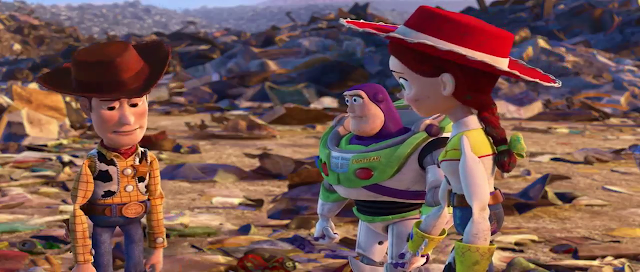

After being menaced by a group of blonde karate students from the Cobra Kai dojo, he enters the reluctant tutelage of Mr.

So when it was announced that Will Smith, one of the most commercially successful actors in the history of film, was producing a remake of The Karate Kid starring his son/heir apparent/possible clone Jaden Smith, my reaction was the same as many a hipster world over: aDaniel LaRusso (Ralph Macchio) moves to California from New Jersey with his mother and struggles to fit in, both because he’s apparently the only teenager in the San Fernando Valley with dark hair and because of his lower middle class economic status.

The Karate Kid was also a touchstone of my youth, as it was for any young boy who ever attempted to Crane Kick an older brother in the face, succeeded and got grounded for it. It spun off a series of increasingly inferior sequels but was a commercial and critical smash of its day, even earning nominations from both the Academy and the Golden Globes for Pat Morita in his iconic role as the saintly, ass-kicking Mr.

The Karate Kid (1984) is perhaps the purest example of this kind of film, a movie that practically defines a genre of outsider kids gaining respect through learning martial arts/roller-blading/skiing/sports-like hobby of the day. Three, the depth of your enemy’s animosity can be measured by the blondeness of their hair. Two, the mousy kid will get the girl in the end, preferably through some chutzpah and a mentor. One, there’s no skill that you can’t master far beyond the level of your greatest enemy through a montage. In the 1980s, the life of a cinematic teenager ran on some pretty basic rules. Spectrum Culture’s new feature Re-Make/Re-Model will examine the long history of cinematic remakes, the good movies turned great, the bad ideas turned worse and the weird ones turned boring. Remakes have been around nearly as long as Hollywood itself, and not always for the reasons or with the results you’d think.


 0 kommentar(er)
0 kommentar(er)
